What is the tolerance range of precision screws?
What is the tolerance range of precision screws?
Service Hotline
+86760-8787 8587We have more than ten years of experience in screw industry production, the main products are: GB6173 fine thread thin nuts, GB9071.17 screws, GB 12.9 screws, anchored flat head hexagonal rivet nuts, external serrated lock washers, small countersunk head rivets Willow nut, fine tooth and coarse tooth, processing cone pin, flat head chamfered socket head cap screw, widening and thickening heavy duty, metal nylon flange lock nut, 304 six-prong grounding gasket, round iron flat gasket, carbon steel Fasteners such as hinged bolts, extended 304 stainless steel screws, etc., due to the different materials and specifications of the products, the prices are also different, please contact us if necessary.


Existing wood screws are composed of a threaded portion with a tapered angle and arranged along a tapered stem and a screw head. The head of the screw can be a countersunk head, hemispherical, or other shapes, and the head of the screw has a groove that fits with the tool, a word groove, and a concave cross groove. The taper angle of existing wood screws is either 45 degrees or 60 degrees, and the front end of the taper angle is a pointed point formed by a rotating thread. The existing wood screws have the following three deficiencies in use. Because the taper angle is 45 degrees or 60 degrees, and the thread angle is 64 degrees, the resistance when entering the material is relatively large, so the existing wood screws are manually screwed. It is difficult to screw in, especially when it is used for hardwood materials, and it often happens that the groove of the screw head is screwed out; A large lateral moment will be formed when the screw is screwed, which is prone to the problem of deviation from the position; in addition, because the existing screw is tapered, it will be subjected to both radial force and axial force when entering the material, and its stress state It is more complicated, so it is easy to cause the cracked wood material to burst, and even cause the material to have longitudinal cracks and be unusable.
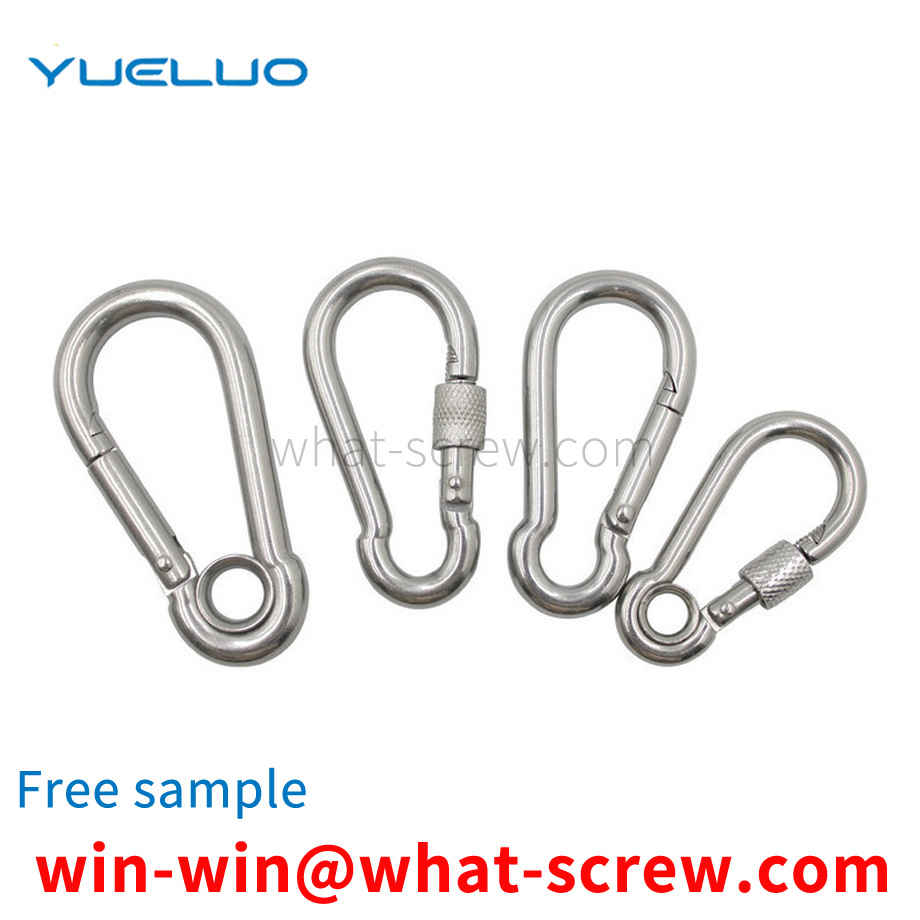
Installation method broadcast 1. One-time burying method: When pouring concrete, bury the anchor bolts. When the high tower is controlled by overturning, the anchor bolt should be buried once. 2. Reserved hole method: The equipment is in place, the holes are cleaned, the anchor bolts are placed in the holes, the equipment is positioned and aligned, and then poured with non-shrinkage fine stone concrete that is one level higher than the original foundation, and compacted and compacted. . The distance from the center of the anchor bolt once buried to the edge of the foundation should not be less than 2d (d is the diameter of the anchor bolt), and should not be less than 15mm (d≤20, it should not be less than 10mm), not less than half the width of the anchor plate Add 50mm, when the above requirements cannot be met, appropriate measures should be taken to strengthen it. The diameter of the anchor bolts used for the structure should not be less than 20mm. When subjected to earthquake action, double nuts should be used for fixing, or other measures to effectively prevent loosening should be adopted, but the anchorage length of anchor bolts should be increased by 5d compared with the anchorage length of non-seismic action. Installation planning of anchor bolts Treatment of anchor bolts loose in the foundation When the anchor bolts are tightened, the bolts may be pulled out. At this time, the bolts should be adjusted to their original positions, and the foundation around the bolts should be shoveled out enough. , and then weld two U-shaped steel bars vertically and horizontally on the bolts, and finally clean the pit with water and grouting, and then tighten the live anchor bolts after the concrete has solidified to the design strength. The treatment method of the live anchor bolt deviation is roughly the same as the dead ground. The method for the anchor bolts is the same, except that the anchor bolts can be pulled out for processing. If the bolt is too long, a section of the thread can be cut off on the machine tool; if the bolt is too short, it can be extended by hot forging; if the position is inconsistent, it can be corrected by bending. Application industry: suitable for various equipment fixing, steel structure foundation embedded parts, street lights, traffic signs, pump, boiler installation, heavy equipment embedded fixing, etc.
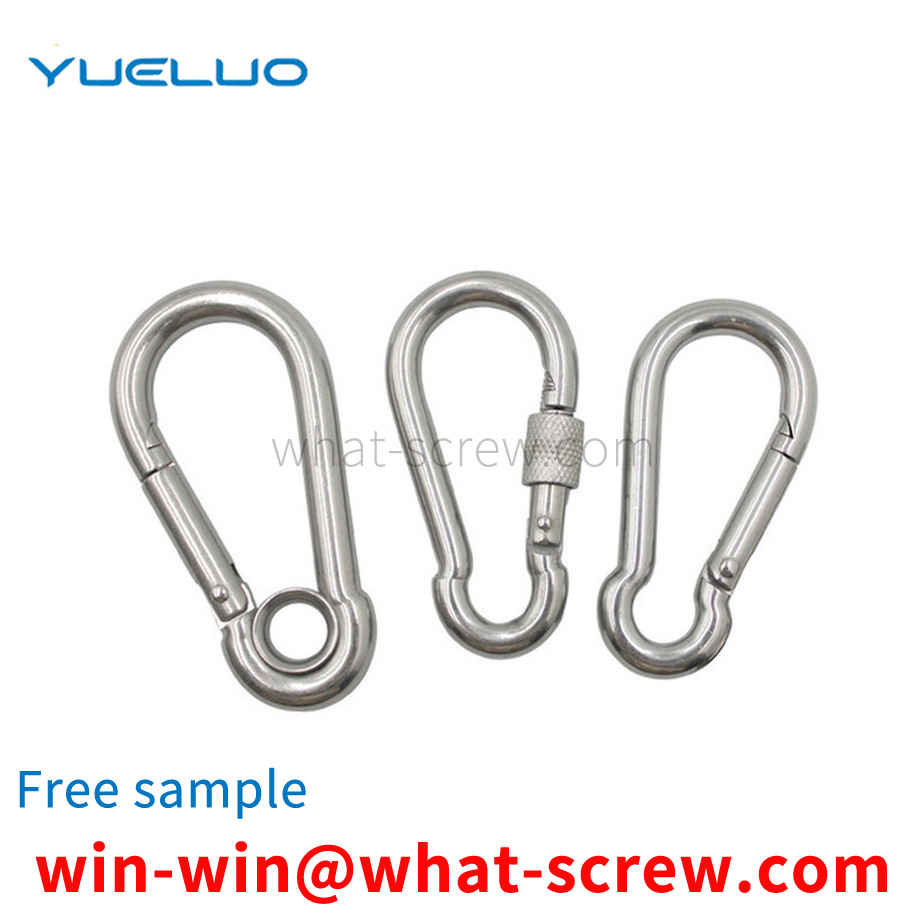
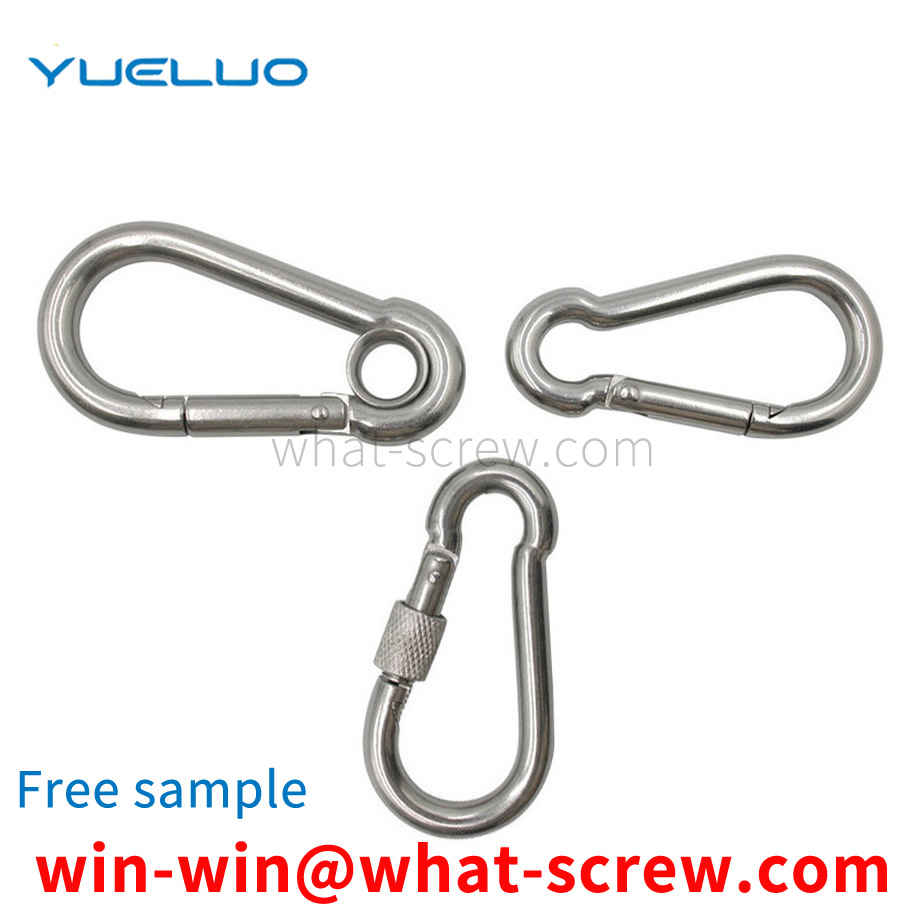
When the nut is tightened on the stud, there will inevitably be an empty upstroke. That is, when the nut has not reached the part that needs to be tightened, the nut needs to be twisted on the non-locking (working) part of the front end of the stud by hand or tool, so that the nut runs along the axial direction of the stud and reaches the part to be locked. . When the idling stroke of the thread at the front end of the stud is long or the thread pitch is small, the idling stroke before locking will waste a lot of time, resulting in a huge occupation of personnel or tools.
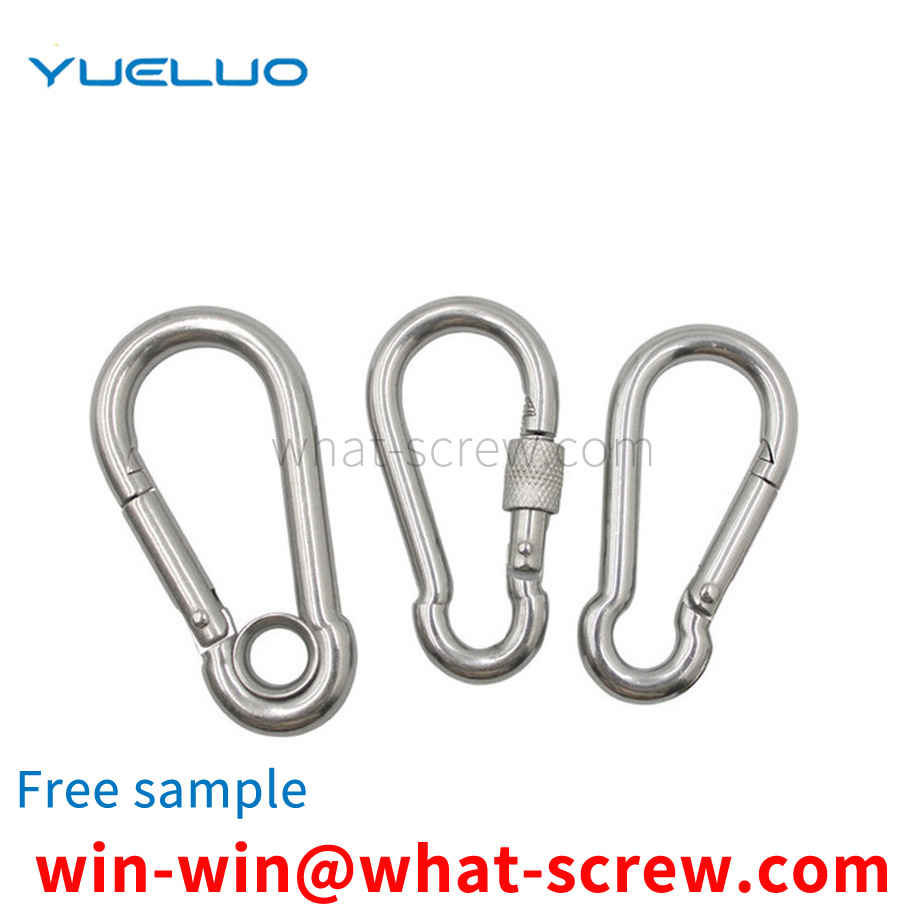
Anchor bolts are also known as stiffened anchor plate anchor bolts, welded anchor bolts, anchor claw anchor bolts, rib plate anchor bolts, anchor bolts, anchor screws, anchor wires, etc. It is specially designed to be buried in the concrete foundation and used as the base for fixing various machines and equipment. Figure 7 anchor bolts are the most commonly used anchor bolts. It is generally made of Q235 steel, with high strength using Q345B or 16Mn material, and also using 40Cr material to process 8.8-strength products, and occasionally using secondary or tertiary rebar. Anchor bolts are divided into wool, thick rod and thin rod. The wool material is the raw material steel, which is directly processed from round steel or wire without modification; thick rods or called A-type, thin rods or B-type, are processed from steel modified into the corresponding required rod diameter. Welded anchor bolts are made of single-headed bolts welded with stiffened iron plates. Its anti-pulling ability is strong. According to the different conditions of use, it can reach 3.6, 4.8, 6.8, 8.8 and other grades respectively. The tensile capacity of 3.6 grade 7-shaped anchor bolts is the tensile capacity of the steel itself. The tensile strength of anchor bolts directly processed from Q345B or 16Mn raw materials can reach a tensile strength of 5.8. The tensile strength of grades 4.8, 5.8, 6.8 and 8.8 refer to the provisions on mechanical properties in GB/T3098.1.
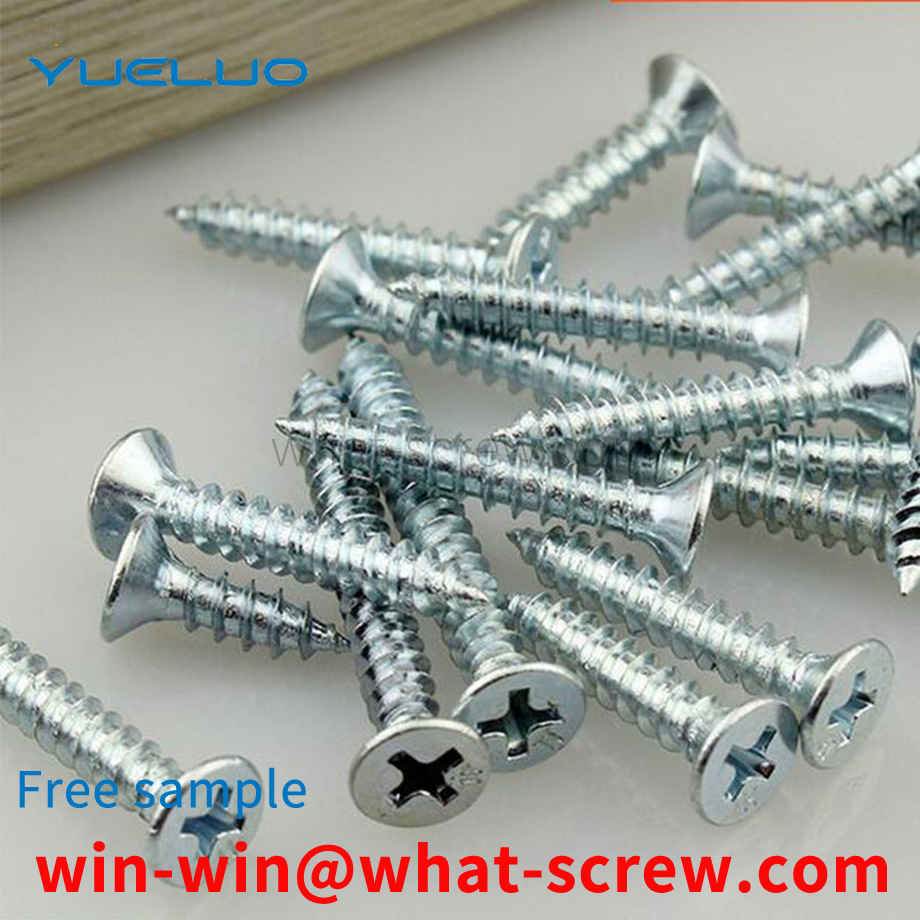
The above content is uploaded by Yueluo or the Internet. If there is any copyright issue, please contact [email protected].

What is the tolerance range of precision screws?

How to choose the right stainless steel screw manufacturer?

Why is there an R angle under the head of the hexagon head s...

We have more than ten years of production experience in the ...

We have more than ten years of experience in the production ...

We have more than ten years of experience in the production ...

We have more than ten years of experience in screw industry ...